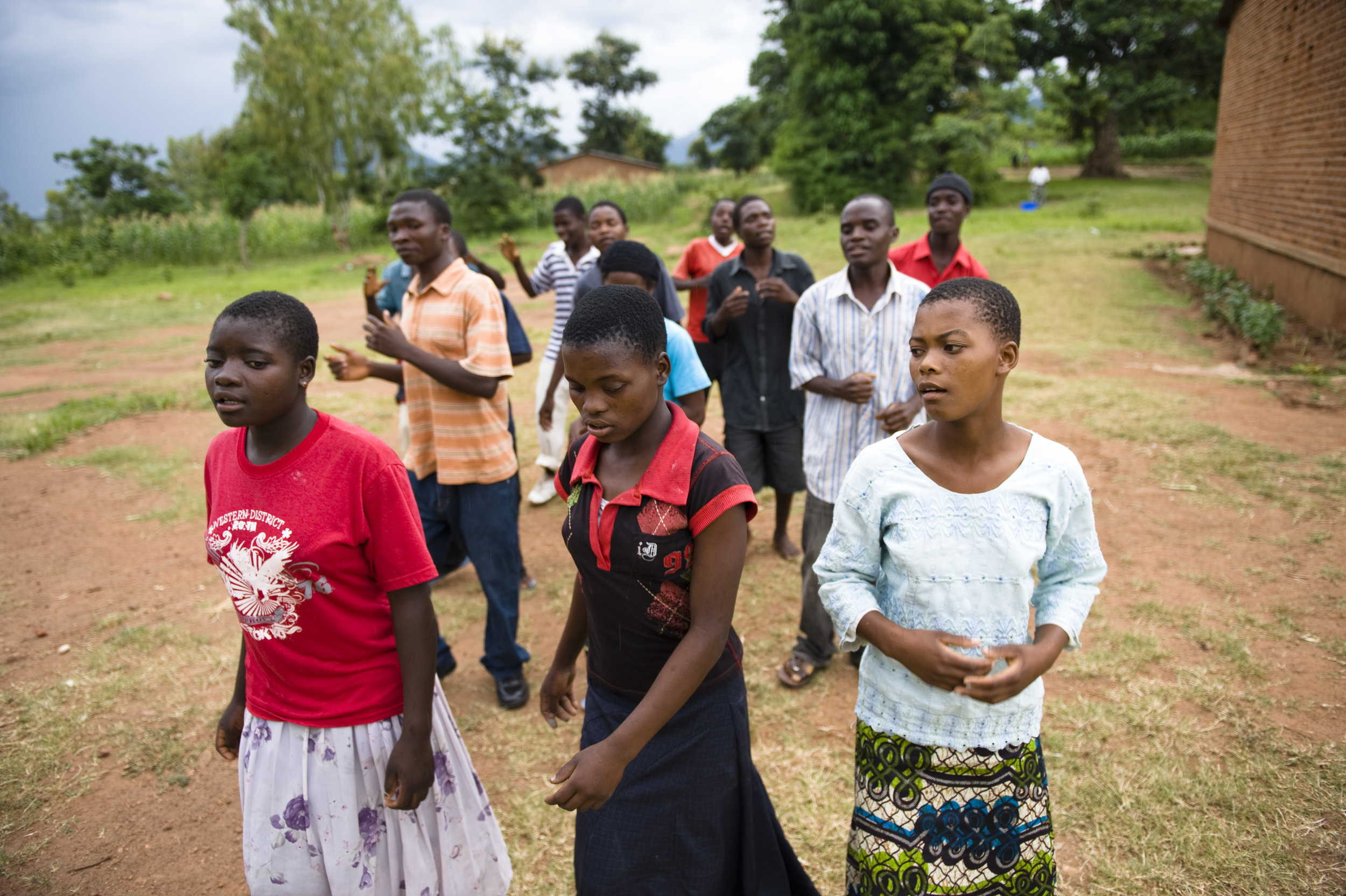Initiative Overview: Improving Malawian Secondary School Access and Completion Through Innovation
Firelight is working with a small cohort of Malawian partner organizations that interact with communities, students, teachers, local leaders, and government officials. The initiative uses a human-centered design (HCD) method to develop innovative approaches that improve transition, persistence, and exam pass rates for students in community day secondary schools. In 2014, 1.4 million youth were eligible for secondary school in Malawi, but only 346,000 of those were enrolled. If Malawi is going to rise out of being one of the lowest ranked countries on the human development index, more of their young people must get a secondary education. Free access to primary school in the ‘90s has led to increased demand for secondary education, and Malawi responded with the creation of Community Day Secondary Schools (CDSSs). Facilitating successful transition from primary to secondary education would greatly contribute to system efficiency making a tremendous difference in the lives of thousands of students.
While there are now 596 CDSSs spread across Malawi, they are considered second tier schools compared to the more expensive boarding schools and are characterized by unqualified teachers, lack of teaching and learning materials, and low national exam pass rates. However, for children in vulnerable populations, CDSSs are often the only secondary education option. We believe that CDSSs can be improved to provide an affordable, high-quality education option that can lead to improved opportunities for children.
In partnership with Dubai Cares and The MasterCard Foundation, the overarching goals of this initiative are to increase transition rates from primary education into CDSSs, secondary school persistence, and secondary exam pass rates. Launched in January 2015, over the next four years we’ll support a cohort of Malawian NGOs using a HCD approach to develop innovative models to achieve these goals. Local NGOs working with multi-stakeholder teams are well positioned to look at community and cultural contexts, cost, quality, and linkages to livelihoods to address the challenges faced by CDSSs.
Our implementation strategy involves several phases. First, seven NGOs attend a weeklong HCD training that includes classroom and field components. Each NGO brings a multi-stakeholder team comprised of staff members, local leaders, government officials, teachers, students, and parents. Afterwards they are given planning grants to use HCD in their communities to develop innovative prototypes or solutions that address one or more of the issues in CDSSs. They will observe classrooms, interview teachers, students, and parents, and brainstorm to generate new ideas.
Why use HCD? HCD unleashes creativity and innovation by leveling the playing field among stakeholders so that all voices are heard, and emphasizing deep empathy with those affected to truly understand the problem and create workable solutions. This the first time we have used HCD thinking to build capacity of our partner organizations. It could improve how both Firelight staff and our partners address and overcome challenges.
After two months, all of the HCD teams will reconvene and pitch their proposed solutions to a panel. The panel will select four NGOs to receive funding for four years to implement their solutions. A Lead Partner NGO will accompany the implementing NGOs and act as a thought leader, sharing learning between the groups and reconvening them regularly to share successes and challenges.
The opportunity to bring together stakeholders from government, NGOs, youth, teachers, and communities to address a known problem with more creative, and innovative solutions is exciting. If we succeed, it will increase opportunities for some of the most vulnerable populations in Malawi and successful models can be replicated throughout Malawi and elsewhere.

